
Is Barilla pasta keto-friendly? Discover 2024–2025 food safety trends, allergy tips, and ingredient facts for confident, healthy meal choices.


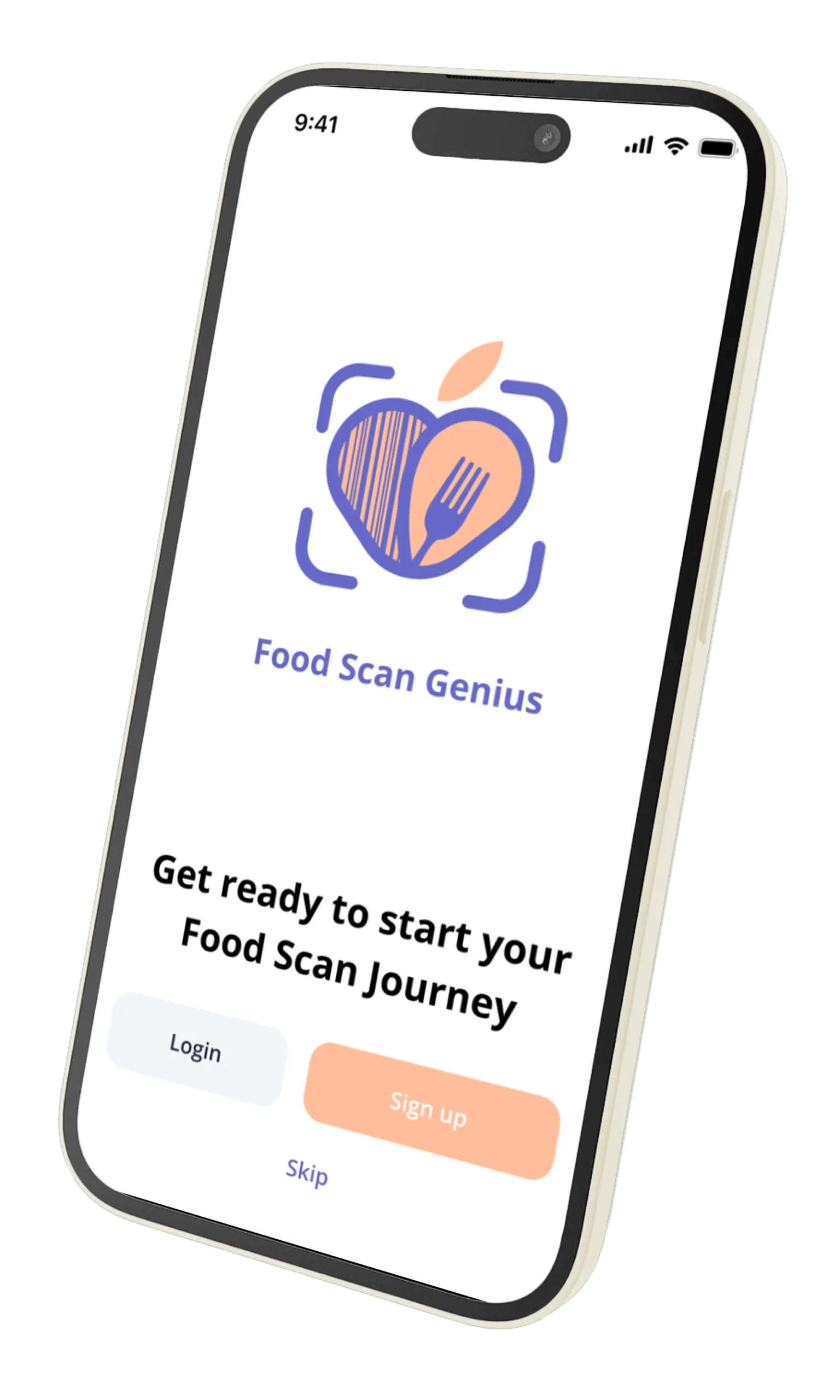
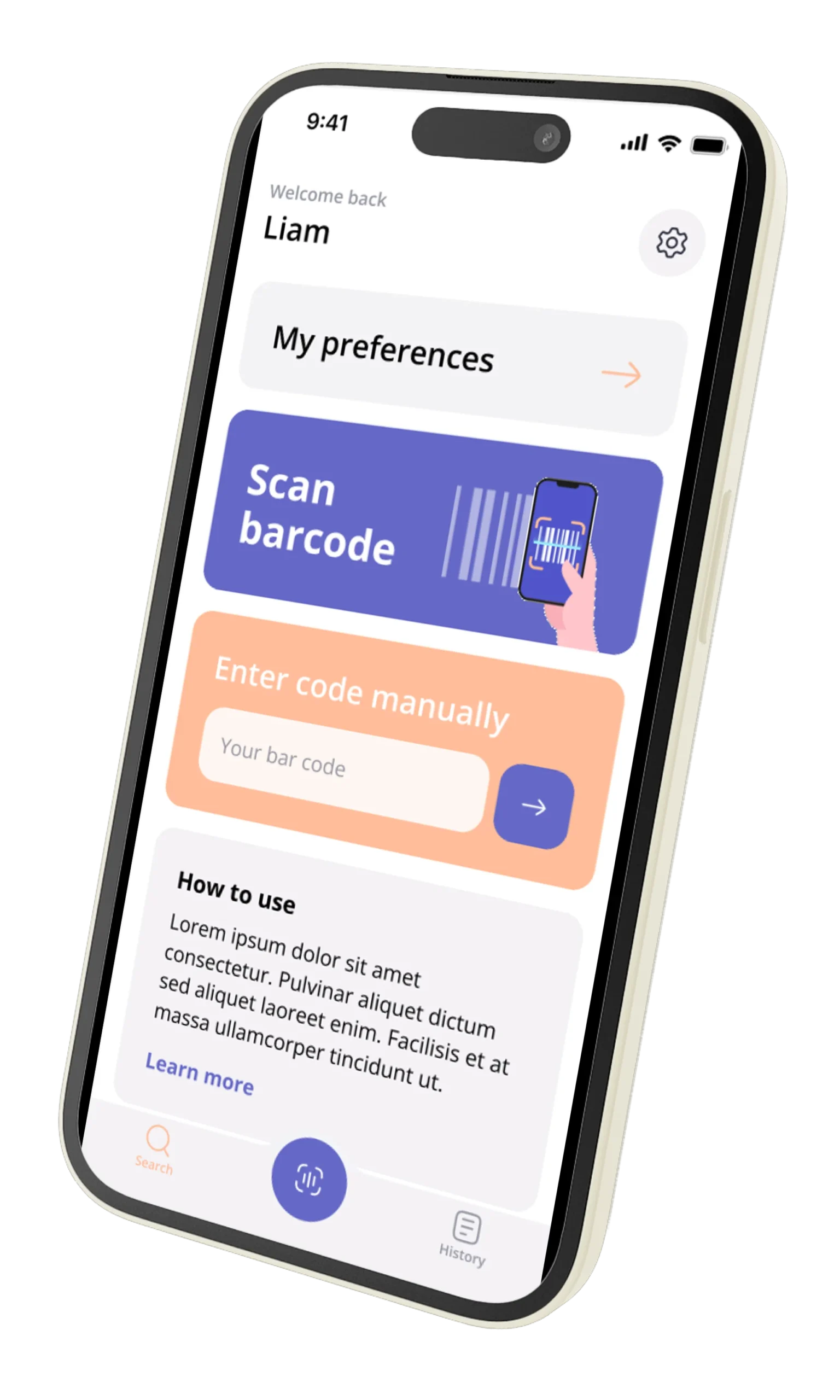
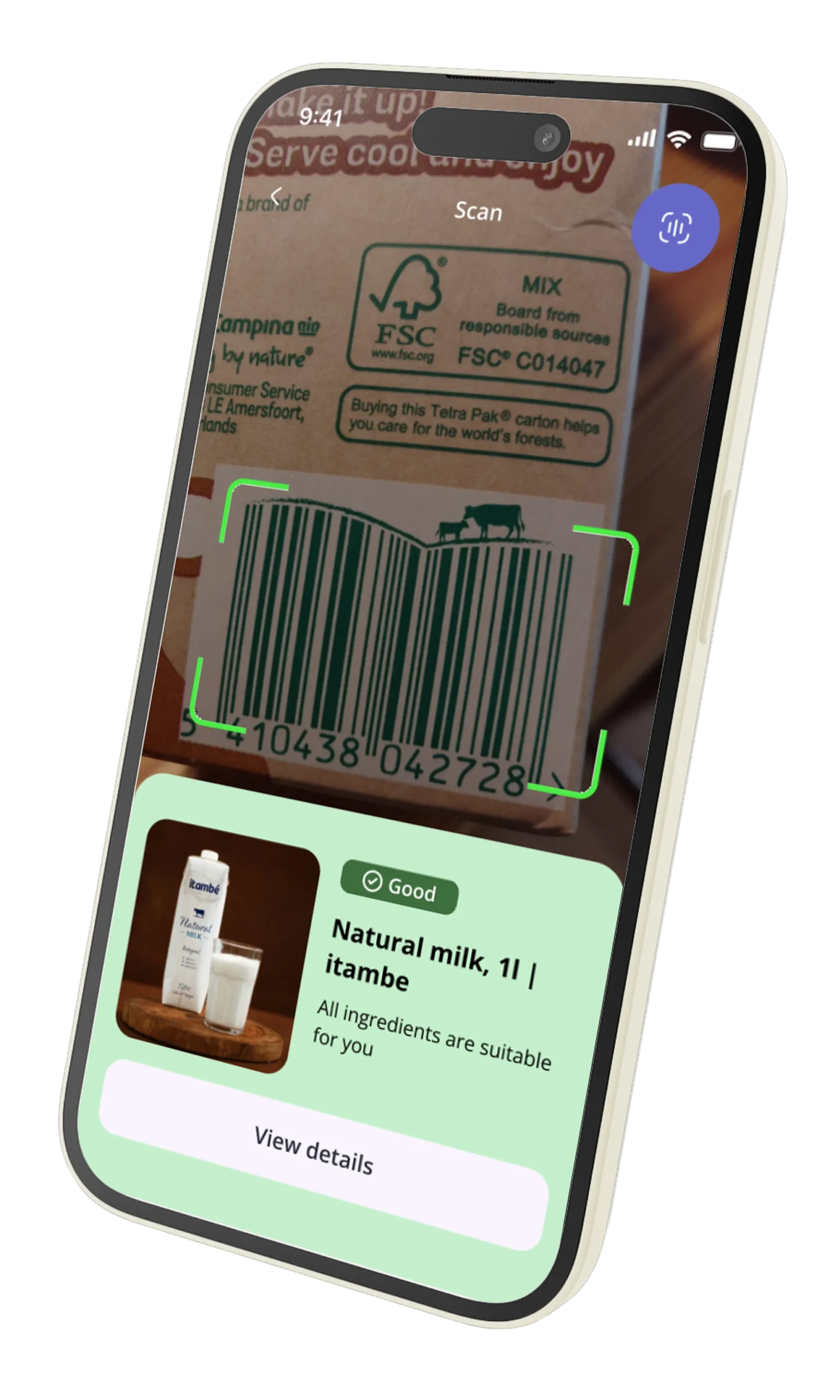
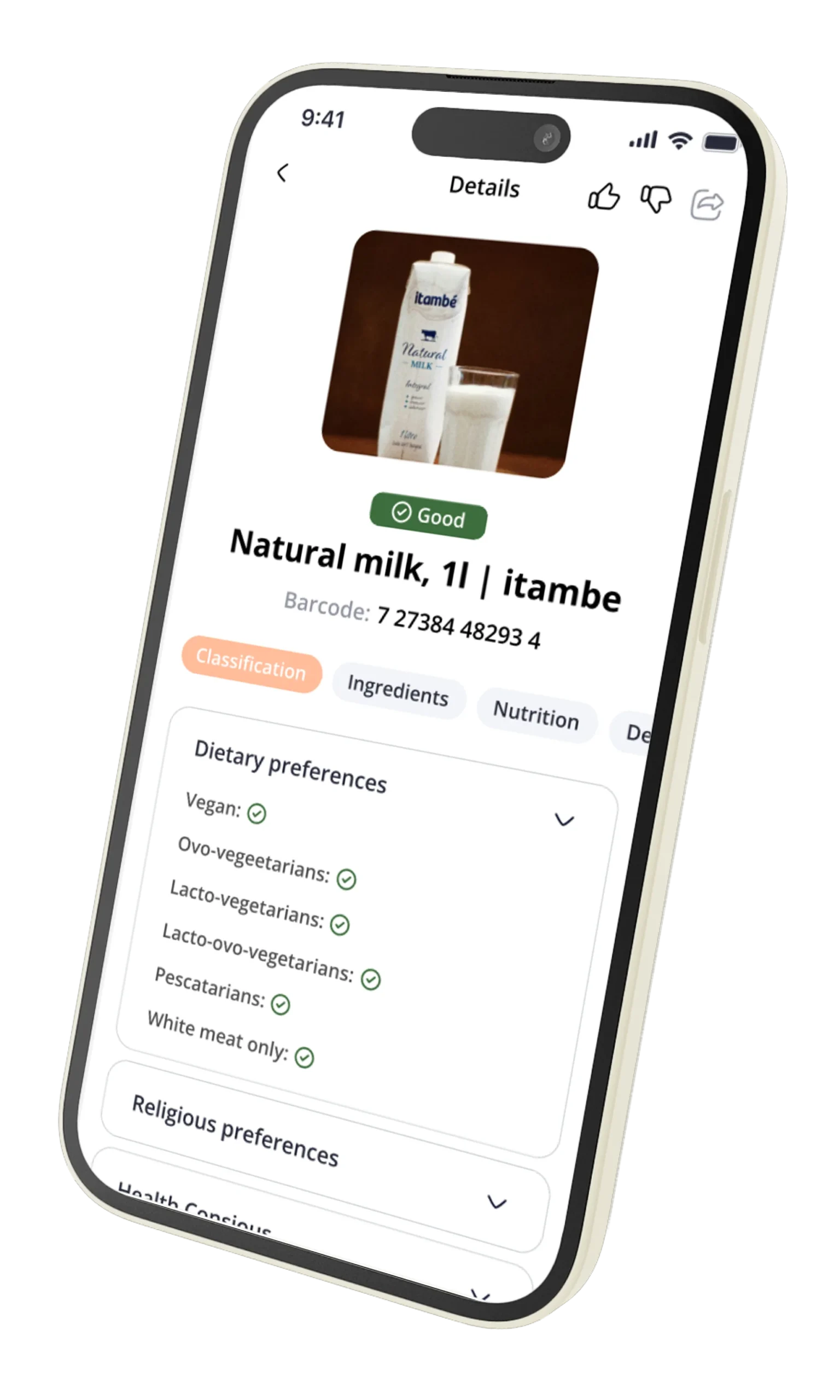

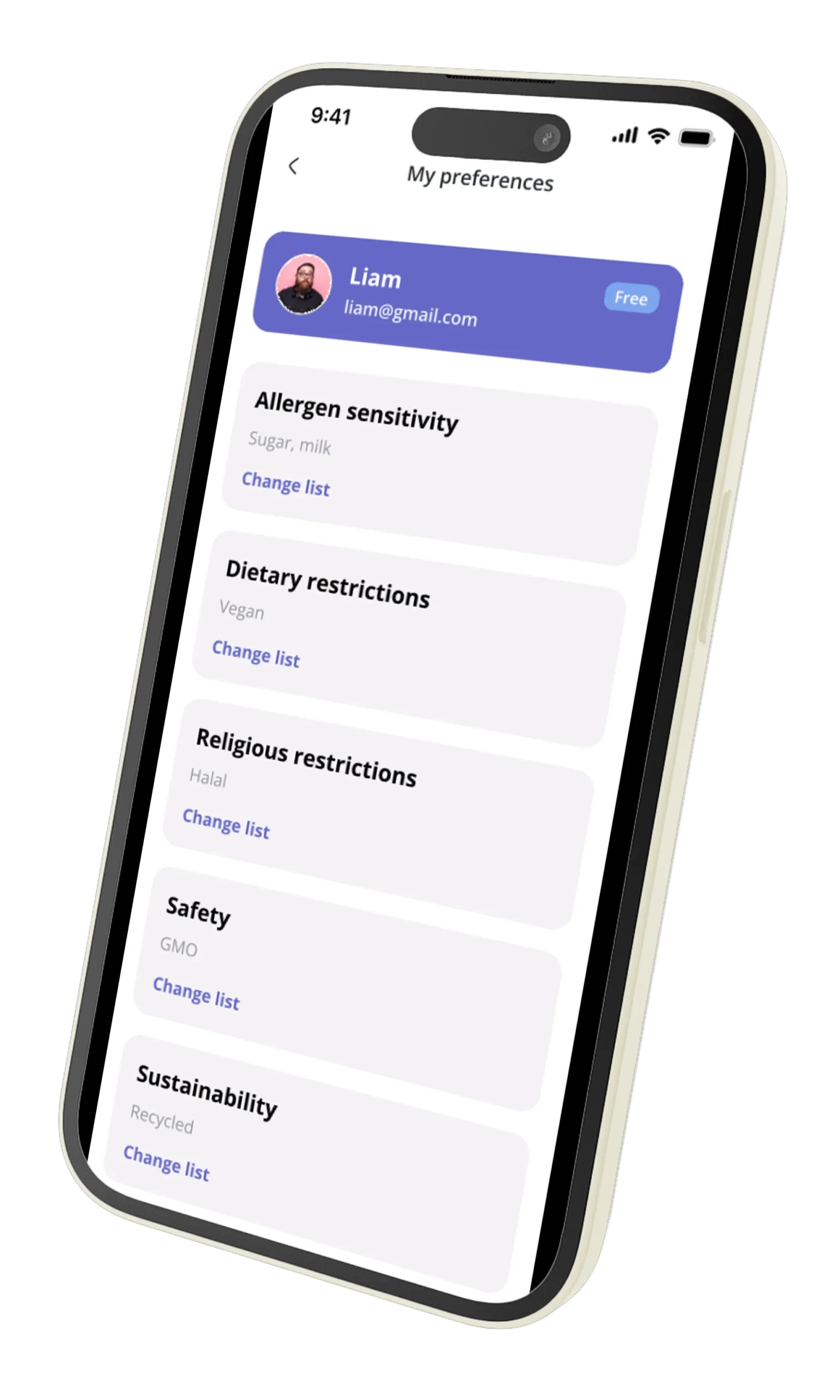
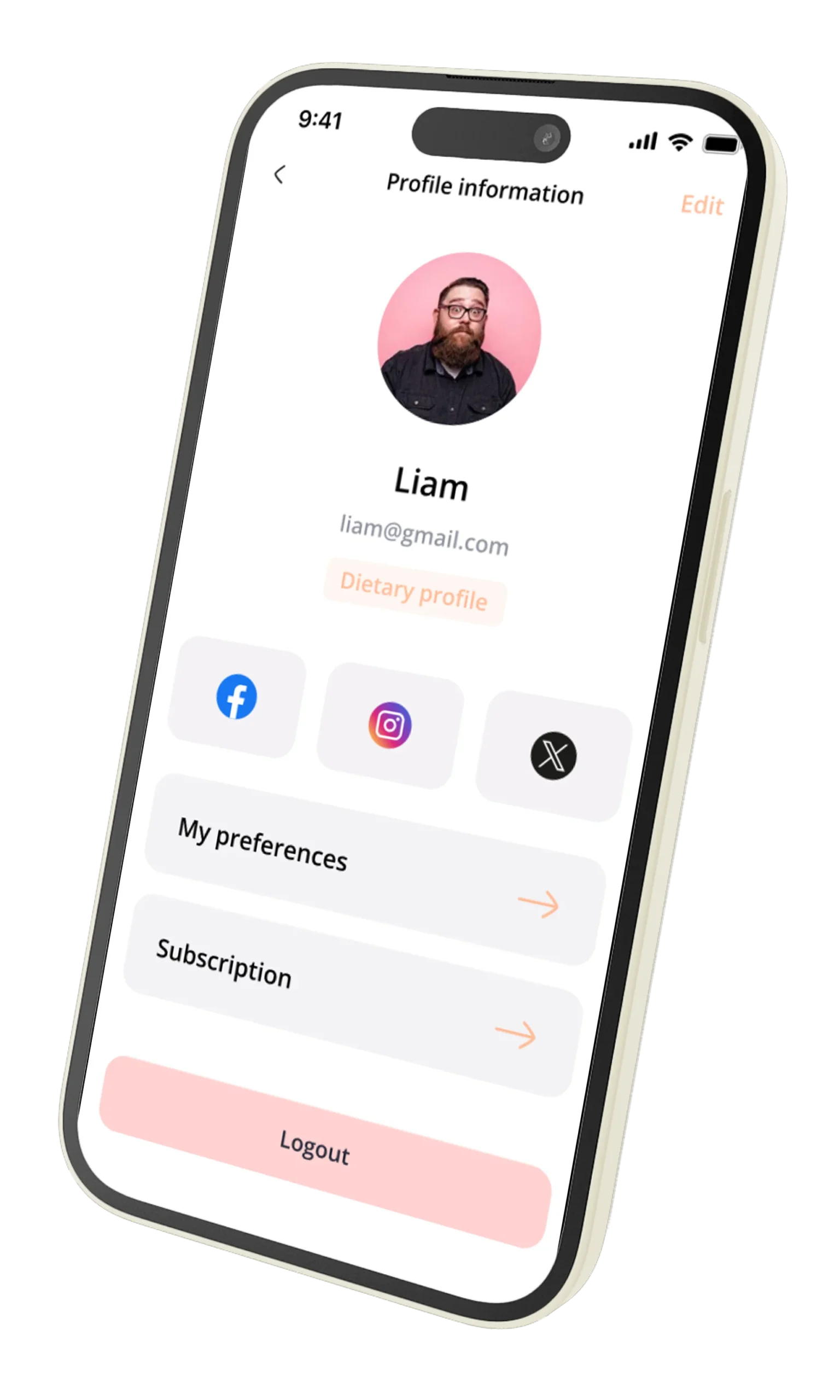
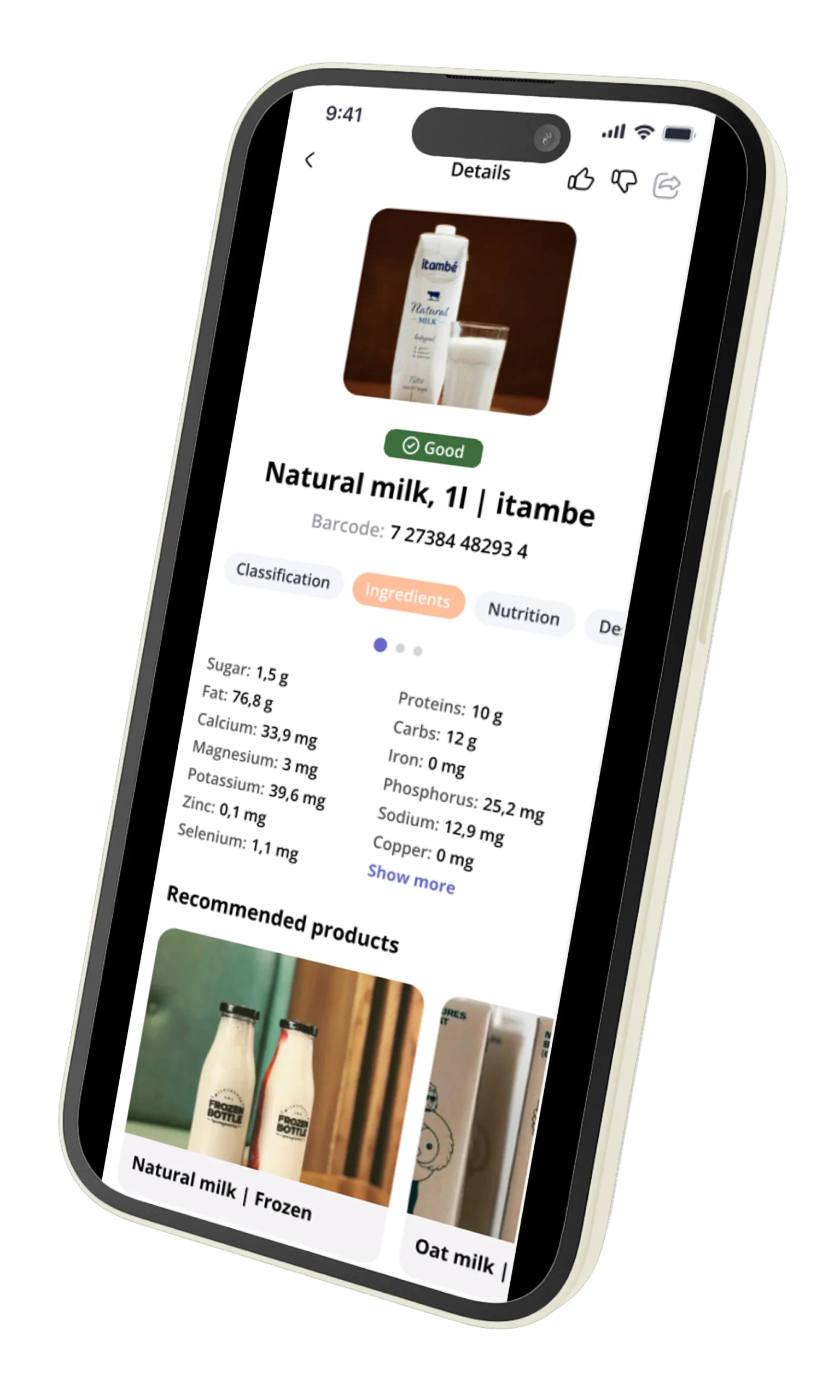
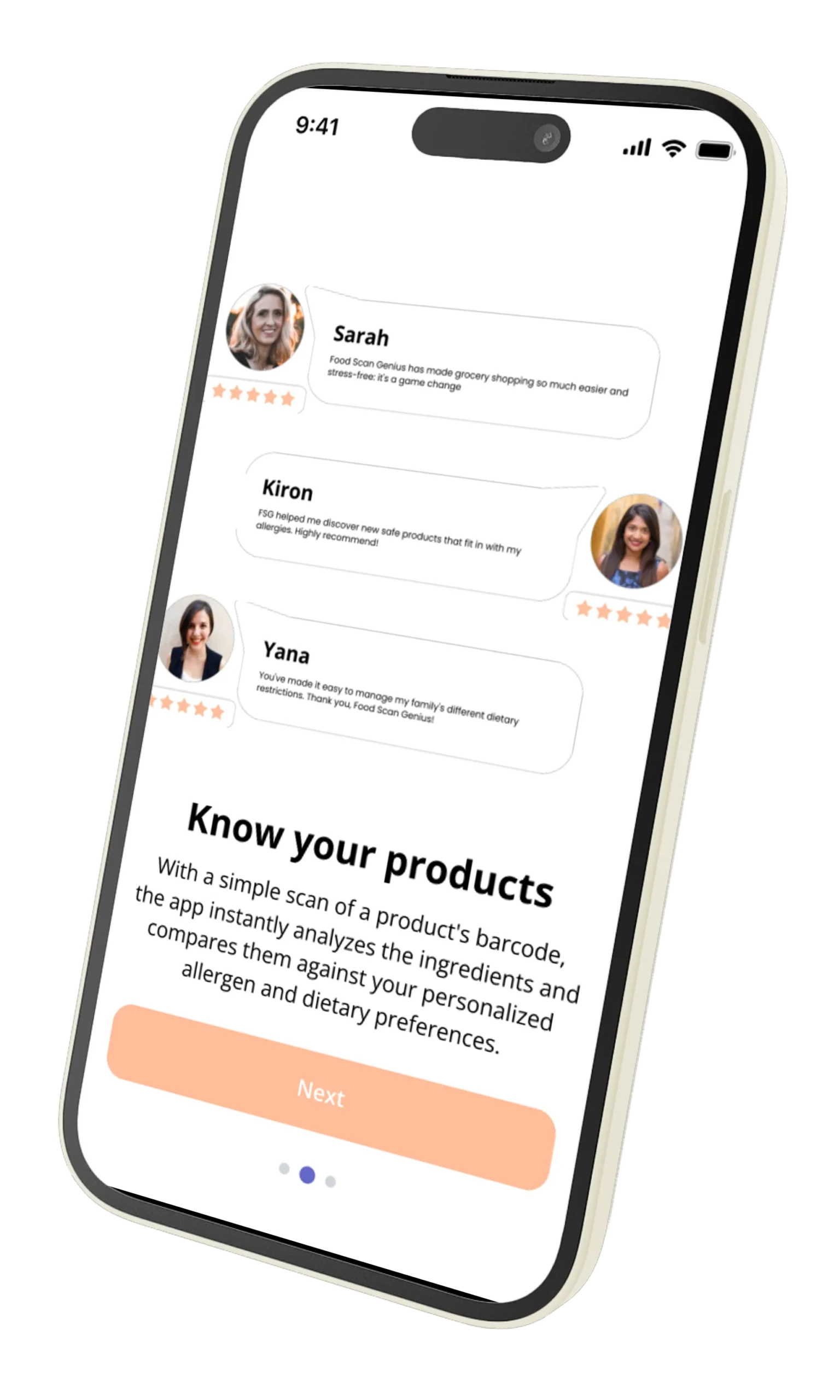
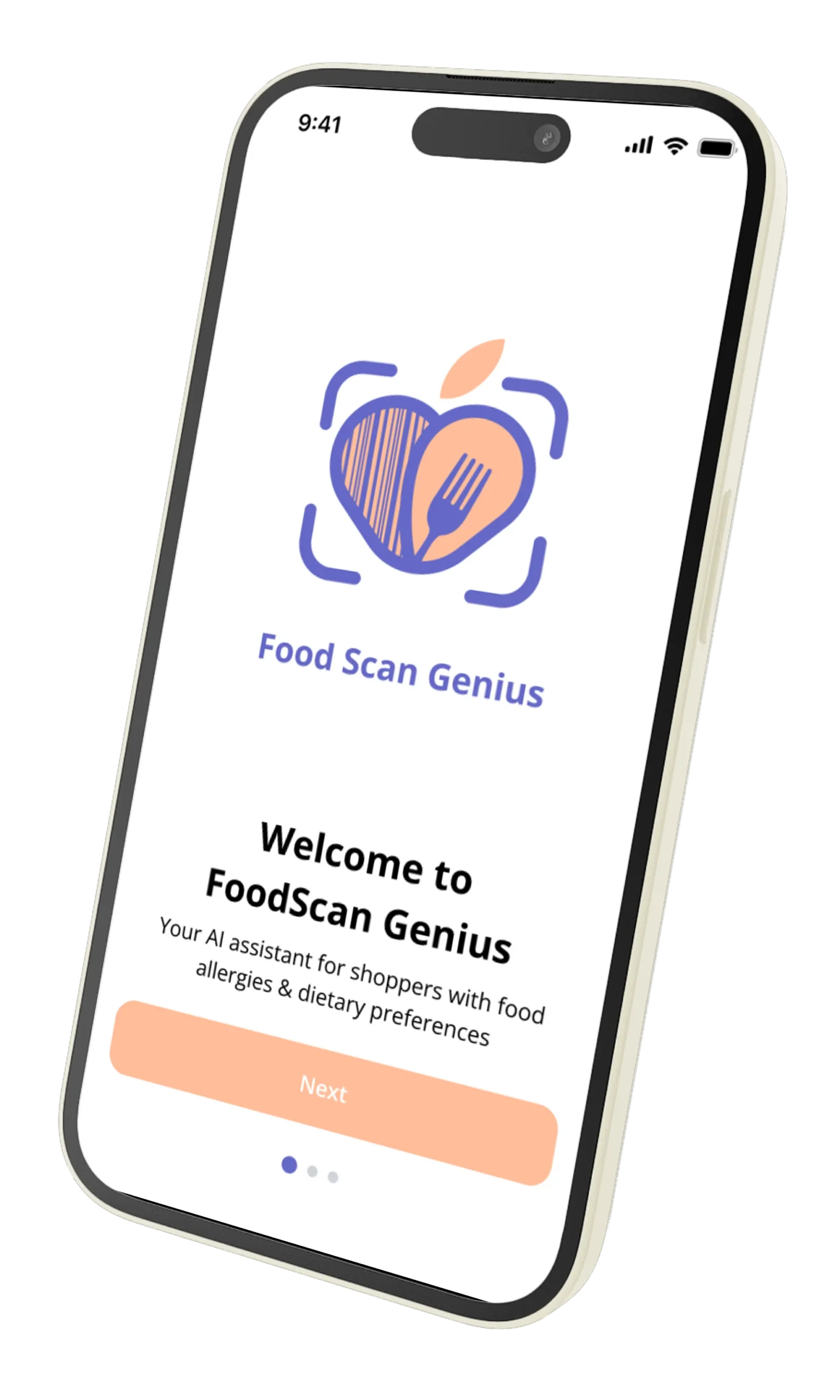
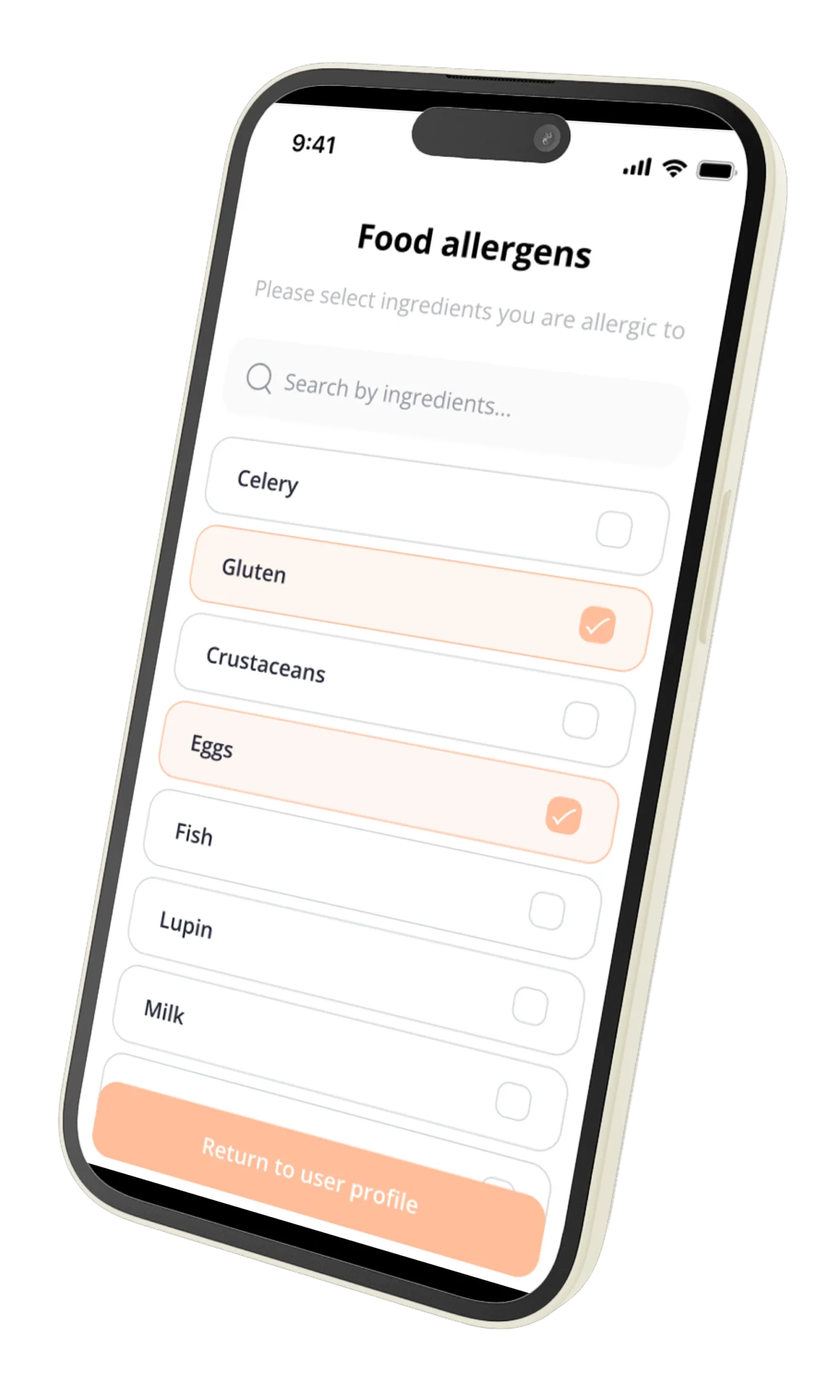
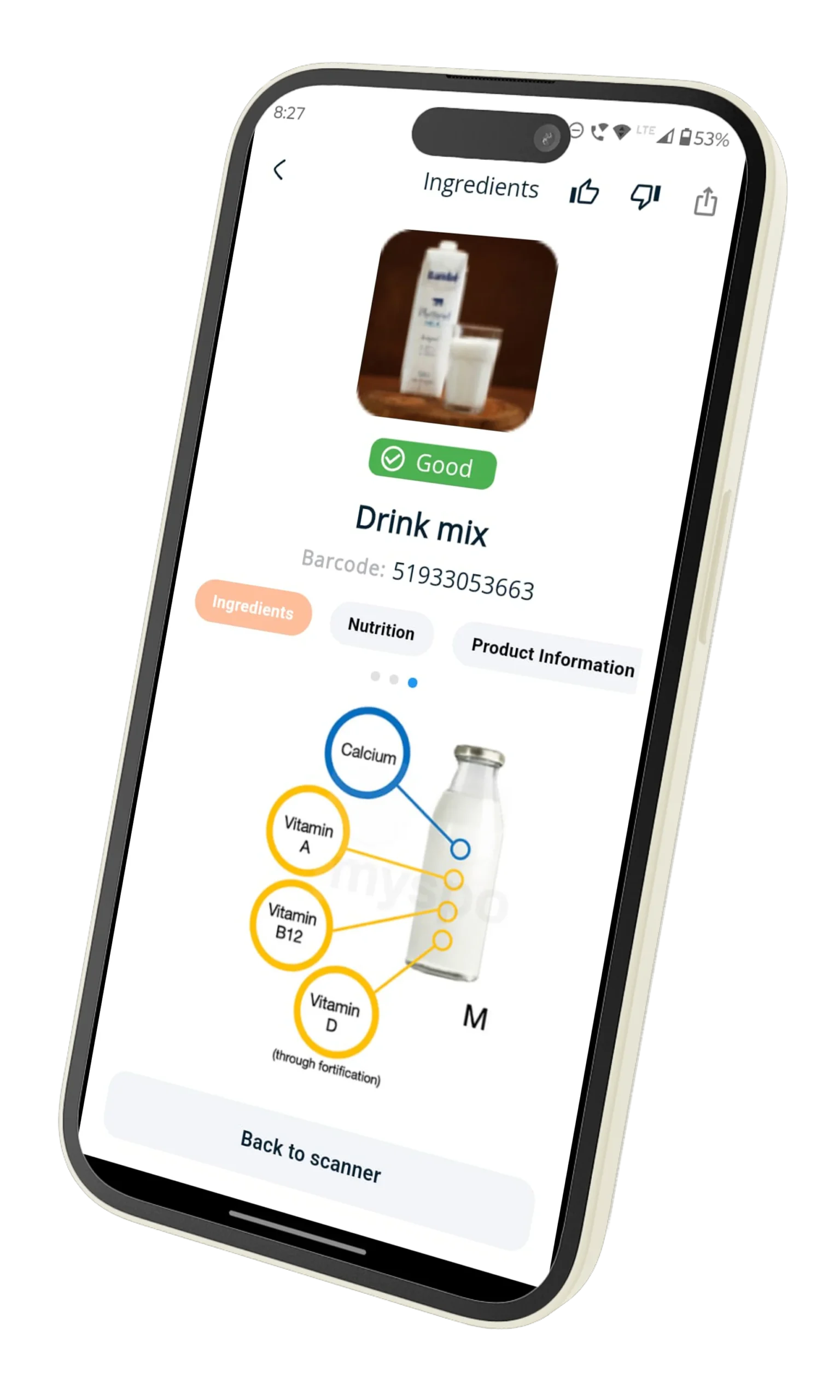
Fish allergy affects about 1% of Americans, making it one of today’s most common food allergies. Parents should know their children can develop fish allergies at any point in their lives, even after eating fish safely before. Research shows 40% of people with fish allergies don’t experience their first reaction until adulthood.
Someone with a fish allergy might have mild symptoms like hives and nausea, or face life-threatening anaphylaxis. More than half of people who react to finned fish are sensitive to multiple species because different fish share similar proteins. This makes food choices particularly challenging for parents with allergic children.
Food allergies create real-life concerns, particularly with fish allergy rates varying between babies and older kids. Fish-related allergic reactions make up much of serious food reactions, and half need immediate medical care. Early detection of warning signs can save lives. This piece will guide parents through everything they need to know about spotting, handling, and treating fish allergies in 2025.
Fish allergy affects less than 1% of people worldwide, but its prevalence varies substantially by age group and location. Children show an overall prevalence of 0.5-0.6%, which falls nowhere near the rates for common childhood food allergens like peanut, egg, and milk.
The prevalence shows dramatic regional differences:
These geographic variations likely reflect each region’s dietary patterns and when children start eating fish. Countries with fish-focused diets like Spain and Norway show rates up to 3%. The United States shows much lower rates among young children.
Fish allergy can develop at any age, but babies and toddlers rarely experience it compared to older children and adults. Parents should watch for potential symptoms carefully, especially in regions where fish consumption runs high.
Your immune system can mistakenly identify certain proteins in finned fish as harmful invaders, causing a fish allergy. Your body produces IgE antibodies specifically against these fish proteins when exposed, which triggers allergic reactions ranging from mild to severe.
Finned fish and shellfish belong to completely different biological categories, though both come from water. This fundamental difference explains why an allergy to one doesn’t automatically mean you’ll react to the other.
People often get confused by the term “seafood,” which includes both categories. The proteins that cause allergic reactions in each group are nowhere near similar. Parvalbumin causes allergic reactions in finned fish, while tropomyosin typically triggers shellfish reactions.
Many people ask “Is salmon shellfish?” Salmon is a finned fish, not a shellfish. You might react to salmon but handle crab or lobster just fine. Notwithstanding that, cross-contamination between fish and shellfish happens often in kitchens and restaurants, so you need to think about this carefully.
Make confident food choices with every scan! Food Scan Genius instantly analyzes allergens, nutrition, and ingredients, helping you decide if a product fits your dietary needs. One quick scan is all it takes for peace of mind.”

Fish allergies stand apart from most food allergies that start in childhood – they usually develop later in life. Research shows that 40% of people with fish allergies experience their first reaction as adults. A large telephone-based study on seafood allergies in the United States revealed that 60% of fish allergies develop during adulthood rather than childhood.
This unusual pattern has several contributing factors:
Children sometimes outgrow food allergies, but fish allergies usually last throughout life. Adults who develop fish allergies rarely see improvement over time, though sometimes a fish allergy may become a less severe fish intolerance.
Blood tests look for specific IgE antibodies to fish proteins in your child’s blood. These tests work well even if your child takes antihistamines. The doctor can do them at any age and regardless of skin conditions.
These tests have clear benefits:
We mainly use blood tests to check for sensitization, not true allergies. Studies show that all but one of these positive blood tests lead to actual allergic reactions when eating fish. Doctors look at your child’s medical history and other tests along with these results.
The oral food challenge gives doctors the most reliable way to diagnose fish allergies. Your child eats small amounts of fish that gradually increase while doctors watch closely in a facility ready to handle severe reactions.
This test shows exactly which fish types cause problems and which ones are safe to eat. The doctor starts with tiny amounts of fish and watches your child carefully. If nothing happens after 15-30 minutes, they give slightly bigger portions. This continues until your child either reacts or eats a full serving without problems.
The oral food challenge comes with the highest risk of all these tests, including possible anaphylaxis. Only specialists should do this test with emergency medications and equipment ready. Yet these challenges have proven remarkably safe – only one reported death in 45 years of testing.
Managing your child’s fish allergy needs careful food monitoring and clear talks with caregivers. Strict avoidance is the only way to prevent reactions, so you must understand everything in daily life about hidden sources and cross-contact.
The FDA requires all packaged foods to clearly identify fish allergens on their labels. You’ll find fish listed in two places: within the ingredient list in parentheses or in a separate “Contains” statement below the ingredients.
Fish can hide in products you might not expect:
Check labels every time you shop because ingredients can change without notice. Products labeled “imitation fish” might contain actual fish proteins, which manufacturers sometimes call surimi.
Cross-contact happens when allergens move from one food to another through shared surfaces or cooking equipment. Cooking does not destroy fish allergen proteins, unlike bacteria.
Your home needs separate cutting boards and utensils for allergen-free foods. Soap and water must clean all surfaces—sanitizing gels won’t remove allergens by themselves. A mixture of one tablespoon concentrated bleach per gallon of water will sanitize food preparation surfaces effectively.
Stay away from seafood restaurants because fish proteins can float through the air during cooking. You should also watch out for Asian restaurants that use fish sauce as their flavor base.
A good allergy action plan includes:
Give this plan to everyone who cares for your child, including teachers, school nurses, and administrators. Statistics show that all but one of these 13 children has food allergies, so many schools already have protocols ready.
Let your child help in age-appropriate ways. Teaching them to spot symptoms and speak up when they don’t feel well builds their self-advocacy skills.

"Food Scan Genius has truly transformed my grocery trips. With dietary restrictions, finding suitable foods used to be a hassle, but now I feel confident and informed with each scan. It's such a relief to know exactly what I'm buying. Highly recommend for anyone with food sensitivities!"

"Food Scan Genius has revolutionized the way I navigate the grocery store. With just a simple scan, I can determine if a product fits my dietary needs. The app's personalized profiles have made it easy to manage my family's different dietary restrictions. Thank you, Food Scan Genius!"

"You know, dealing with food allergies and dietary restrictions is no walk in the park. Trying to figure out what's safe to eat can be such a hassle, especially when ingredient lists and labels seem like they're written in another language. I just want to make sure I'm not risking my health with every bite. That's why I’m so glad I found Food Scan Genius. It makes everything so much easier by scanning and analyzing labels for me. Now, I can shop with confidence knowing I'm making safe and informed choices."
Quick emergency response can save lives when dealing with severe fish allergy reactions. The right tools and knowledge help control these situations that could become life-threatening.
Epinephrine (adrenaline) treats anaphylaxis and works best when used right after severe symptoms appear. Antihistamines help with mild symptoms, but epinephrine remains the only medication that reverses anaphylaxis.
You should use epinephrine if you notice:
Auto-injectors come with simple designs. Hold the device with its orange tip down (“blue to the sky, orange to the thigh”). Remove the safety cap and press firmly against the outer mid-thigh for three seconds. The injection site needs a 10-second massage. Call emergency services right away.
Medical experts suggest carrying two epinephrine auto-injectors. Studies show 10-20% of people need more than one dose during an allergic reaction. A food-induced anaphylaxis study revealed 19% of reactions required multiple epinephrine doses—13% needed two doses and 6% required three.
People might need multiple doses because:
Biphasic reactions happen in about 4.7% of anaphylactic cases. These reactions clear up but return without new exposure. Most second reactions (60.5%) show up within 12 hours, though some take up to 24 hours.
The risk of biphasic reactions goes up substantially with severe original reactions. Mild reactions lead to returning symptoms in only 7% of cases. This number jumps to 30% after very severe original reactions.
Medical monitoring becomes crucial after any severe fish allergy reaction, even if symptoms seem gone. Doctors recommend staying under medical watch for several hours after symptoms go away.

Is Barilla pasta keto-friendly? Discover 2024–2025 food safety trends, allergy tips, and ingredient facts for confident, healthy meal choices.

Discover the top 10 keto snacks in the USA. Explore allergy-friendly picks, 2025 food safety trends, and smart snack choices...

Wondering if Lays are gluten-free? Get the facts on food safety, allergy risks, and smart snacking choices for 2024–2025. Stay...
Fish allergies affect about 0.5-0.6% of children overall, which is lower than rates for common childhood allergens like peanuts or milk. However, prevalence varies by region, with some countries showing rates as high as 5-7% in young children.
Common symptoms include skin reactions like hives or swelling, digestive issues such as nausea or vomiting, and respiratory problems like coughing or wheezing. In severe cases, anaphylaxis can occur, causing difficulty breathing, dizziness, or loss of consciousness.
While it's possible to be allergic to specific fish species, more than half of individuals with fish allergies react to multiple types due to similar proteins. It's often recommended to avoid all finned fish once any fish allergy is confirmed.
Doctors typically use a combination of methods including skin prick tests, blood tests for specific IgE antibodies, and oral food challenges under medical supervision. The oral food challenge is considered the most definitive test for confirming a fish allergy.
If your child shows signs of anaphylaxis, such as difficulty breathing or dizziness, administer epinephrine immediately if prescribed and call emergency services. It's recommended to carry two auto-injectors, as some reactions may require multiple doses.
Fish allergies without doubt present the most important challenges to families dealing with this condition. In this piece, we got into how these allergies affect about 1% of the U.S. population and can develop unexpectedly at any age—with 40% of cases first appearing in adulthood. The severity of reactions ranges from mild skin irritations to potentially life-threatening anaphylaxis, which makes proper identification and management crucial.
Parents need to stay extra careful especially when you have cross-reactivity between fish species, as more than half of people with fish allergies react to multiple types. Fish and shellfish allergies come from different proteins, but both need careful avoidance strategies. On top of that, geographic variations in prevalence show how dietary patterns influence allergy development, with some regions showing rates as high as 7% in certain age groups.
Early recognition of symptoms and proper medical diagnosis through skin prick tests, blood work, or supervised oral challenges are the foundations of effective management. Therefore, creating complete action plans for home, school, and other environments will give everyone the knowledge to respond during an emergency. The Food Scan Genius app helps simplify ingredient checking and identifies potential hidden fish allergens in packaged foods, adding an extra layer of protection for your family.
Note that carrying multiple epinephrine auto-injectors and knowing when to use them can save lives. Fish allergies typically persist lifelong, but families who maintain strict avoidance protocols, read labels carefully, and prepare for emergencies can still achieve worry-managed lives. Living with fish allergies needs constant awareness, yet these safety measures give families the ability to thrive despite this challenging condition.

Get instant food insights tailored to your needs! Scan any product, check if it fits your dietary needs, and make confident, informed choices effortlessly.
Food Scan Genius is an offering from ScanGeni Ventures Pvt Ltd, an ‘AI first’ company driving value for the next generation of consumers. Get in touch with us to learn more:
© 2024 All rights reserved by ScanGenius